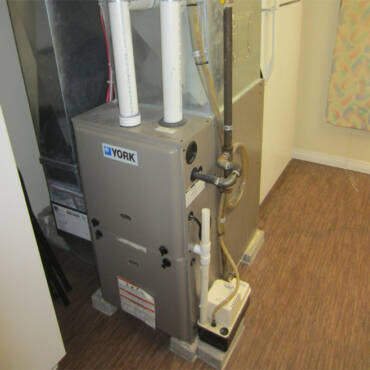Geothermal energy is nothing new – it just gets more ink because of its increasing use to naturally heat and cool buildings in
Gladstone
, leaving a smaller carbon footprint and providing for an efficient, more cost-saving method to achieve indoor comfort.
History shows that geothermal energy dates back over 10,000 years when American-Paleo Indians used hot springs for bathing and heating, possibly even as a source for healing. And geothermal energy is not just a North American idea either. The oldest known hot springs spa was built in the Qin dynasty in China in the 3rd century B.C.
Romans used the water from hot springs for their public baths. Geothermal water was also used by the Romans for treating skin and eye diseases. Minerals found in hot springs water has been long believed to have healing qualities. Geothermal water was also used to heat the buildings in Pompeii. Subsequently, building heat was obtained from under floor systems.
History notes that France is home to the world’s oldest known geothermal district heating system. The system in Chaudes-Aigues has been in use since about the 14th century. And starting in 1960, France began using geothermal heating for homes in other areas. Up to 200,000 homes in France are heated by geothermal means.
History also shows geothermal energy use during the late 18th century near Pisa, Italy. Geothermal energy had been used to extract boric acid from the Larderello Fields through the use of steam. In 1904 at Lardello Fields, steam was successfully used to generate power for the first time. At the time, geothermal energy was seen as the power of the future.
In the U.S. in 1892, the first district heating system in Boise, Idaho was powered directly by geothermal energy, and was soon copied in Klamath Falls, Oregon in 1900, where geothermal water was pumped under sidewalks and roads to help prevent freezing and ice build up. In New Mexico rows of pipe were placed underground to keep soil warmer for agricultural purposes.
A deep geothermal well was used to heat greenhouses in Boise in 1926.
For the residential market, an inventor built a “downhole heat exchanger” in 1930 to heat his house. The heat pump, which was invented in 1852, was patented to draw heat from the ground in 1912. However, it was not until the 1940s that the geothermal heat pump was successfully launched. Records show that the first commercial heat pump was put into use in Portland, Oregon in 1946. The first residential open loop system was installed in 1948.
In the 1960’s, the first large scale industrial geothermal energy power plant was constructed, producing 11 megawatts of geothermal electricity. From the 1960’s to the present day organizations and governing bodies have been set up to manage, research, and develop new and improved geothermal energy sites and technologies.
Today, there are many geothermal power plants in working order in the U.S. and across the globe.
The post
A Brief History of Geothermal Energy
first appeared on
Clean Air Act Inc.
.
Whether you require installation, repair, or maintenance, our technicians will assist you with top-quality service at any time of the day or night. Take comfort in knowing your indoor air quality is the best it can be with MOE heating & cooling services Ontario's solution for heating, air conditioning, and ventilation that’s cooler than the rest.
Contact us to schedule a visit. Our qualified team of technicians, are always ready to help you and guide you for heating and cooling issues. Weather you want to replace an old furnace or install a brand new air conditioner, we are here to help you. Our main office is at Kitchener but we can service most of Ontario's cities
Source link

